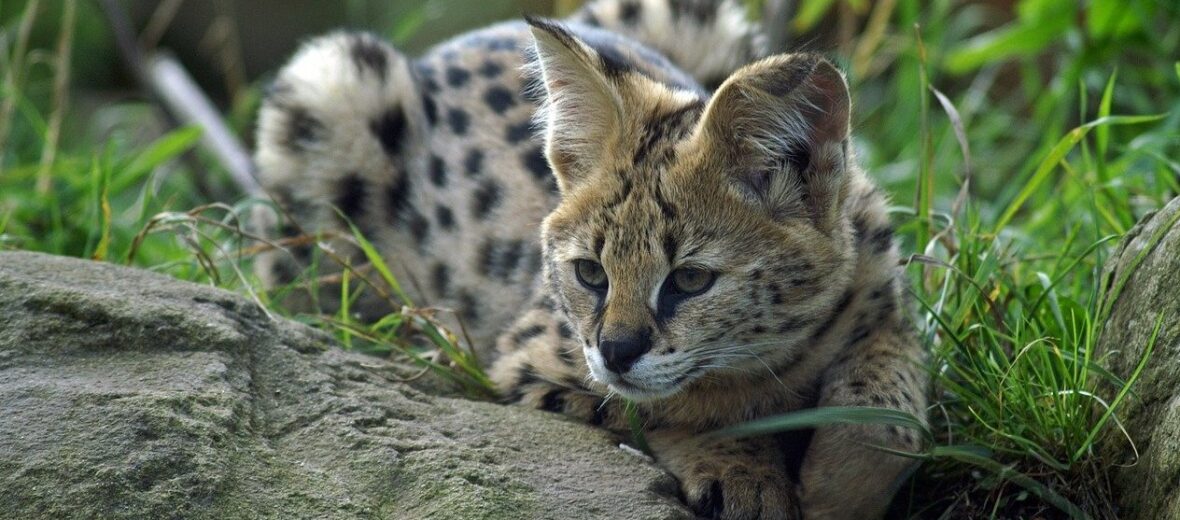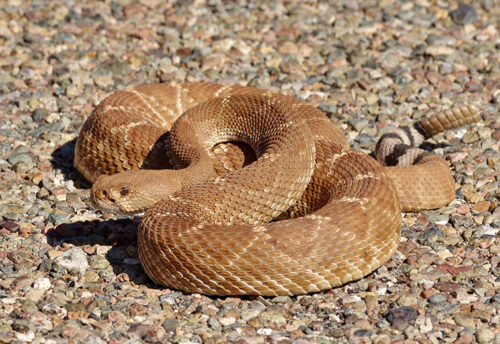
The serval is medium-sized Central and South African cat that lives in wetlands, grasslands, and other environments. These wild cats are sometimes kept as pets by exotic pet owners. They are not like a normal house cat though and are best left to experts. Due to their wild nature and instincts, having smaller pets in the house could prove disastrous; considering they would most likely be preyed upon by the serval.
First the Stats…
Scientific name: Leptailurus serval
Length: Up to 2.7 feet
Weight: Up to 26 lbs.
Height: Up to 21 inches
Lifespan: Up to 20 years
Now on to the Facts!
1.) The serval has the longest legs of any cat, relative to its size!
2.) Servals also tout the largest ears of any wild cat species, in comparison to the rest of their body. They also have exceptional hearing!
3.) The serval hunts in both day and night. This makes it cathemeral.
4.) They catch, on average, 50% of their prey. Most other cat species have only a 10% – 20% kill ratio; like the tiger.
5.) Due to their long limbs, these cats have been clocked at about 40 – 45 mph! This is second, among cats, only to the cheetah!
But wait, there’s more on the serval!
6.) These beautiful cats are solitary animals that gather only during mating season. They use urine, scent marking, and scratching of trees to mark their territory, which typically covers approximately 7 – 12 square miles.
7.) Like most other cats, servals produce a wide range of sounds. The sounds they make, in part, are: snarls, growls, spits, high-pitched cries, and they also purr. These sounds are used for communication.
Did you know…?
The name serval is derived from the Portuguese word, meaning wolf deer.
8.) After a gestation (pregnancy) period of approximately 73 days, females produce a litter of 1 – 5 kittens, although 2 is the average. They weigh up to 9 ounces at birth, and are blind until about 9 – 12 days after birth.
9.) As mentioned before, some people go as far as to have a serval for a pet. This is ill-advised, as they are wild animals. Keeping one for a pet should only be done by a trained zoologist or wild cat specialist; as they have special needs.
10.) These critters hunt small animals, like rodents, reptiles, amphibians, and birds.
Now a Short Serval Video!
Also, check out the Critter Science YouTube channel. Videos added frequently!
Want to suggest a critter for me to write about? Let me know here.



